It’s no secret–I love sea turtles–and I’ve talked about them quite a bit on this blog. There was the time I snorkelled with sea turtles in Maui. The time I fed sea turtles in Barbados. And, even the time I watched a leatherback lay eggs in Trinidad & Tobago and held a hatchling in my hands. While these experiences were all no less than amazing, I couldn’t help but feel like there was some sort of invisible tourist barrier between me and the real turtles.
As if these were fake turtles.
The kind that live in sewers, eat pizza and wear coloured bandanas.
Okay, not really.
But, it just didn’t feel quite as authentic as I imagined volunteering with turtles truly could be and found myself wanting just a little bit more out of the experience.
The night I found myself tripping over an unseen log for the twelfth time, half-running blindly down an intimidatingly dark beach in the middle of the night and getting a face full of sand while straining to count the number of eggs popping out of a nesting leatherback–I knew I was finally experiencing the real thing.
There were no more invisible barriers (aside from the understandable ground rules set up to keep the turtle safe and comfortable), no more feeling of being a tourist and no more underlying yearning for something more.
I’ve been travelling the world for nearly 10 years now; sea turtles have been travelling the world for over 100 million years. Who do you think has more of a right to be here?
While I personally try my best to travel with an environmentally concious mindset, the general public has been doing a fairly exceptional job at impacting the beaches and oceans of the world and creating a struggle for the sea turtles to survive.
Sea turtles were once abundant in tropical and sub-tropical waters. Today, their numbers have drastically declined due to a number of factors including commercial exploitation, incidental catch of turtles in nets, poaching and loss of habitat.
The Sea Turtle Conservancy (STC) is the world’s oldest sea turtle research and conservation group. It is the mission of STC to ensure the survival of sea turtles through research, education, training, advocacy and protection of the natural habitats upon which they depend.
Along with members of the STC, I was walking the beach that night with Céline Cousteau; environmental activist, world explorer and documentary film maker. Oh, and granddaughter of famed underwater explorer Jacques Cousteau. The idea of someone with such a strong academic background and talent could have been more intimidating than the darkness of the beach, but Céline had a way of making it feel like she was simply a part of the group. Just when you thought she might be stern and serious about all things wildlife, she’d crack a joke about the anatomy of the overhead howler monkeys.
When Céline wasn’t joking around or telling incredible stories about her travels, she was teaching us all about what we could do to truly make a difference with during our travels.
“Don’t focus on the problem. Focus on people who are finding a solution to the problem”.
She explained that most people will never care deeply about something if it’s not relateable to their immediate lives, but it’s our jobs (as bloggers, photographers, videographers and overall storytellers) to make it relateable and to introduce the issues to those who are unaware.
Ideally, everyone would travel and experience these moments in nature for themselves in order to begin appreciating them and starting to make a difference of their own. In the mean time, it’s people like Céline and programs like the STC and Contiki Cares that help shine a light on things that the general public might never have known about.
Our night actually began earlier that afternoon, when we arrived to the STC pavilion by river boat. We spent a couple of hours training for our upcoming adventure and learning the do’s and dont’s of sea turtle tracking.
- Do not stand anywhere near the turtle’s head.
- Do not shine any light, including camera flash.
- Use red light only.
- Do not make any sudden movements.
- If the turtle shows any signs of distress, move away immediately.
We practised appropriate positions on a “pillow turtle” and passed around the tools that the researchers would be using , for a closer look. This included the tags that would be applied to the turtles to track their travels around the world, which looked slightly unpleasant, but were assured that caused little pain.
We learned about where the turtles go–some showing up in Spain and Portugal–and that the STC offers rewards for lost tags in order to track the turtles’ last whereabouts. This has resulted remarkably in the return of captured turtles from fishermen seeking the reward fee.
We got to know the beach while the sun was shining, to get a better idea of what we would be walking (read: running) through at night and imagined the giant dinosaur-like creatures washing ashore before us. We watched videos, read literature and basically did all we could to prepare ourselves for the night ahead.
Finally, the night arrived.
We had been walking south for one mile (1.6 km) when we heard the news that a turtle had beached a couple hundred meters ahead of us. Our speed walk became a dash up the beach; each of us eager to see our first turtle of the night. We slowed to a stop and waited in the darkness until a small red light flickered in the distance–a display of morse code, telling us to come forward.
Suddenly, our steps became a tip-toes sneaking through the soft sand, as if our very foot step might scare the turtle away.
Then we saw it.
Just ahead of us was a dark, ambiguous figure in the sand.
In unspoken unison, we pulled out our cameras and set off to our own separate locations around the turtle, though none of us going near the head. I stopped a distant 30 feet from mama tortuga and placed my camera in the sand. I wanted to get wide angle long exposures of the entire scene, before approaching her for a better look. After my first few shots, I put away my camera and simply watched the scene unfold.
The researchers created a semi-circle behind her and began taking notes and counting eggs. Next, they measured the turtle itself and the geographic location of her nest. Lastly, they applied the tags and then stepped back as she finalized her nesting process.
Although I had seen it before, I was still in awe of the entire thing.
The next day, we faced a very sad yet unavoidable reality. As much work as that mother turtle went through to survive herself and lay the eggs, as much time as the researchers had put into mapping her nest for future hatching assistance and as much as we all wanted desperately for those little baby turtles to survive; they were taken by poachers.
Yes, the very eggs that we had seen laid the night before, were now gone.
A local man from the village had tracked the fresh nest by looking for signs of disturbed sand and a groove in the earth. He had taken a shovel and dug a hole to the nest. He had reached in and removed every last egg, placing them in a bag and attaching that bag to a stick to carry home, and then almost boastfully showed them to a member of our group on the beach the next morning.
Although sea turtles have spiritual or mythological importance in many cultures around the world, this has not prevented humans from consuming their eggs or meat. In many coastal communities, especially in Central America and Asia, sea turtles are considered a food source. During the nesting season, hunters comb the beaches at night looking for nesting females. Often, they will wait until the female has deposited her eggs to kill her. Then, they take both the eggs and meat. In some countries, sea turtle eggs are prized as an aphrodisiac. Others customarily consume sea turtle meat in observance of religious holidays. For example, in Mexico, thousands of inland residents journey to Pacific coastal communities during the week preceding Easter in search of sea turtles. During this short period of time, as many as 5,000 turtles are consumed in this region alone.
I’m pretty sure our group were all equally devastated, but there was nothing that we could do. Nothing, except share the story and hope that at least one person might be inspired to help make a difference and that some day the Sea Turtle Conservancy and other groups like it will have enough means to eliminate problems like this all together.
The official Contiki Storytellers video:
For every 250k views, Contiki will sponsor another sea turtle. View & share!
This trip was made possible by Contiki.
All thoughts and opinions are my own.
Visit Tortuguero on your own Costa Rica Unplugged trip.
Special Thanks to:
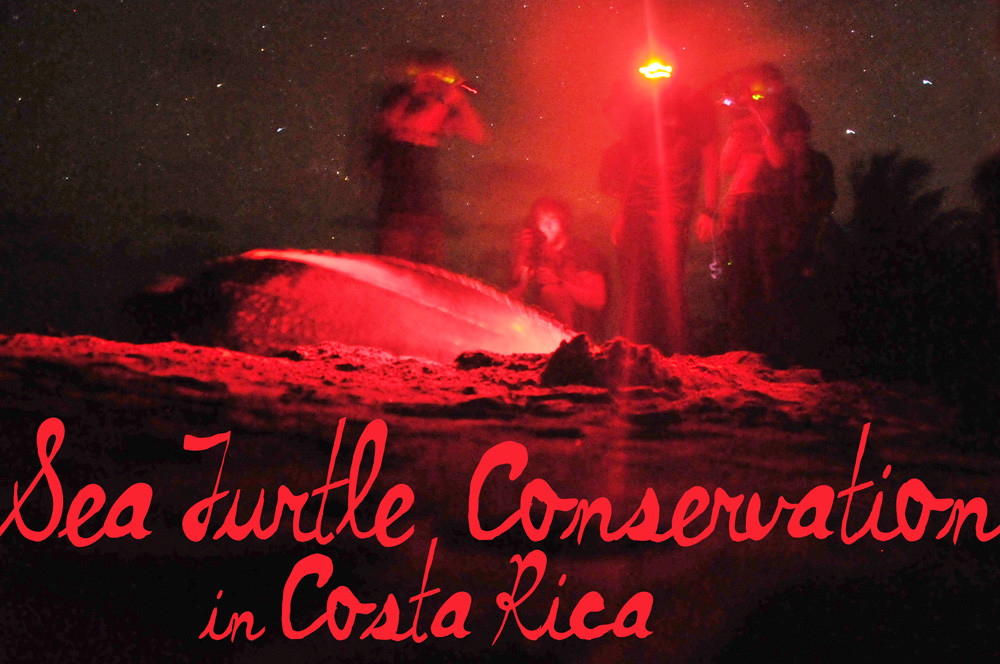
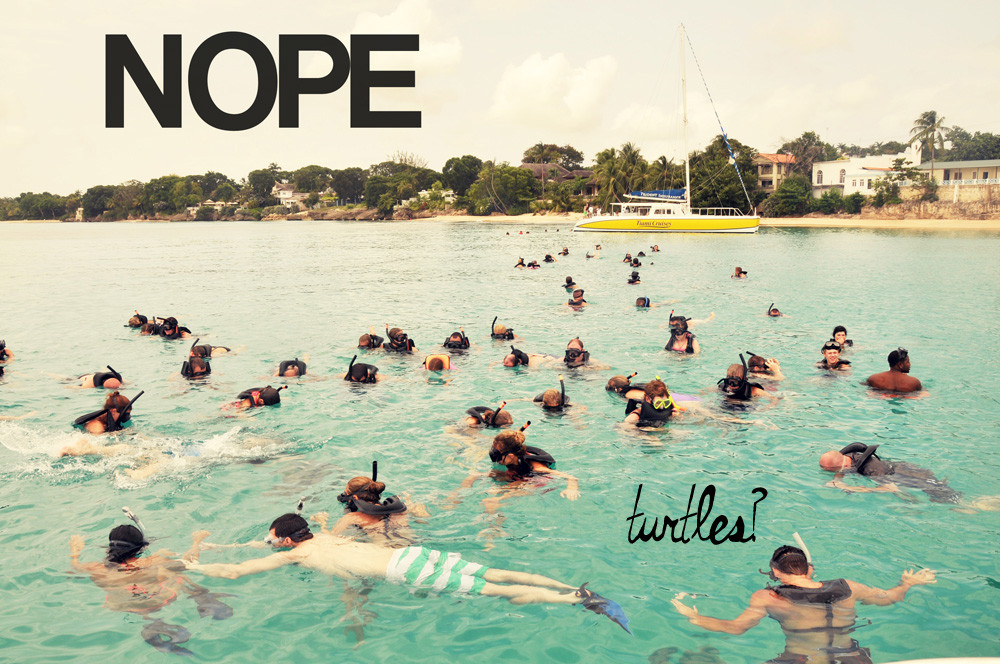
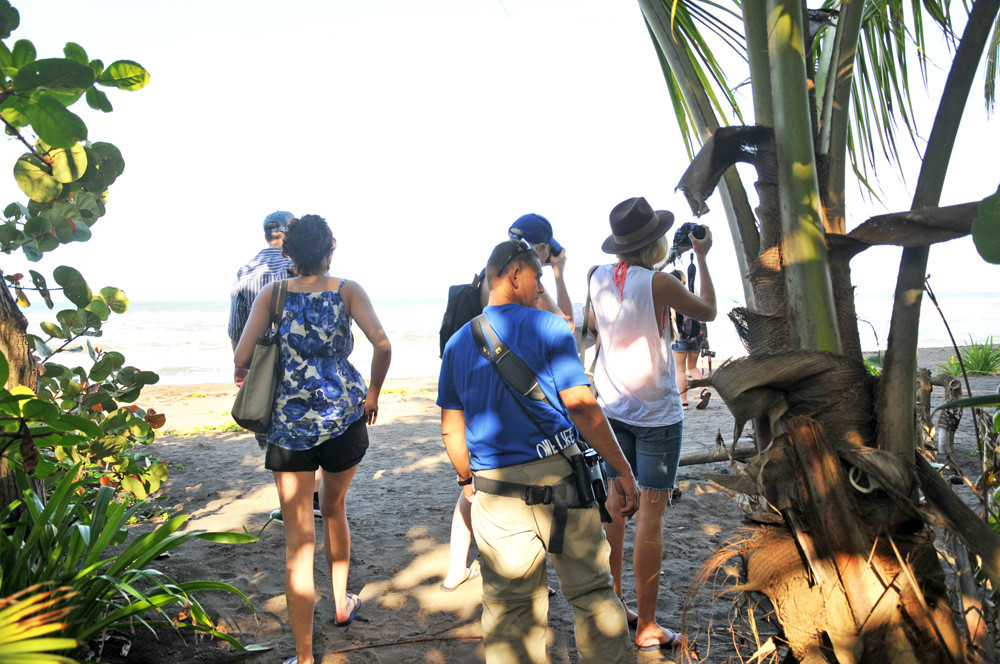
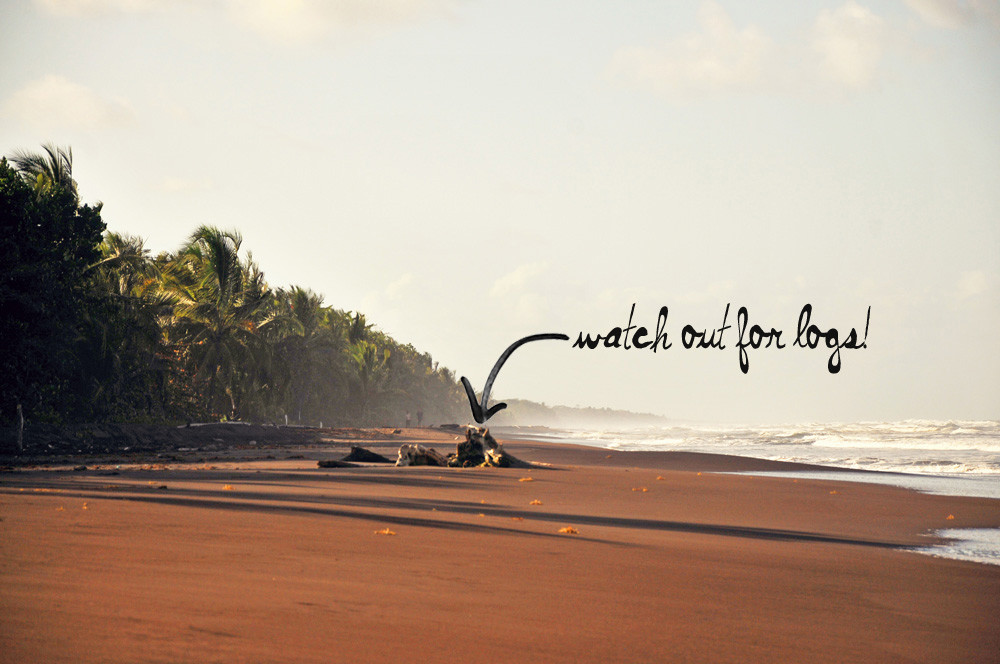
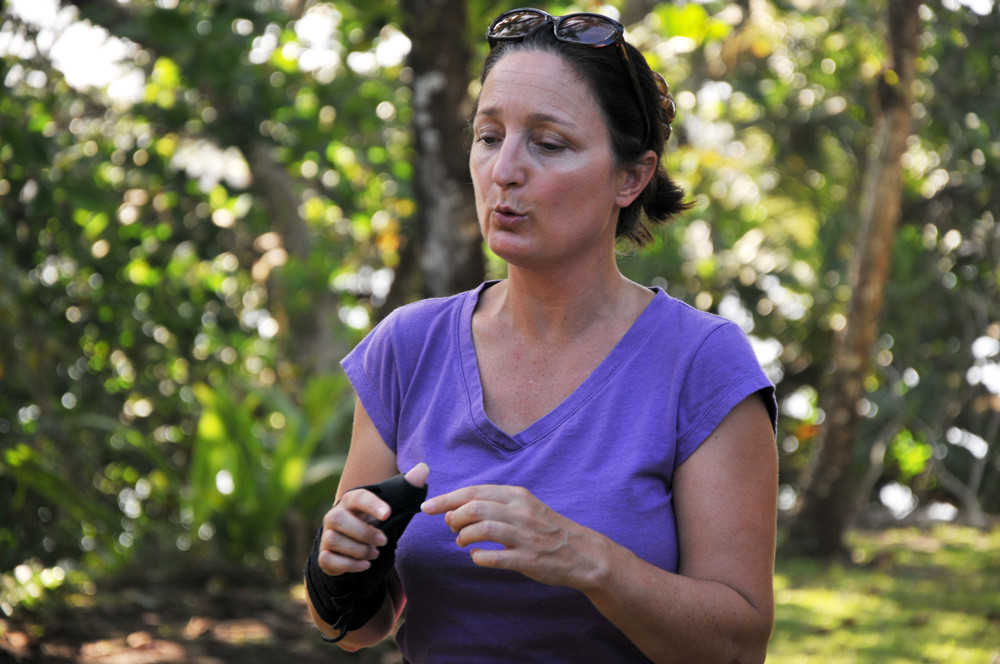
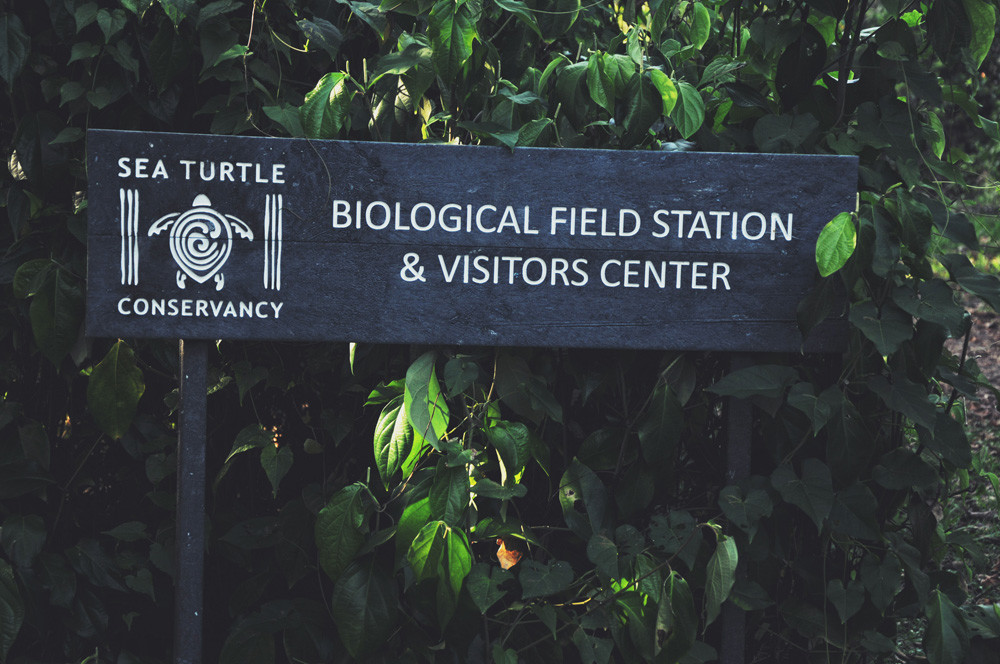
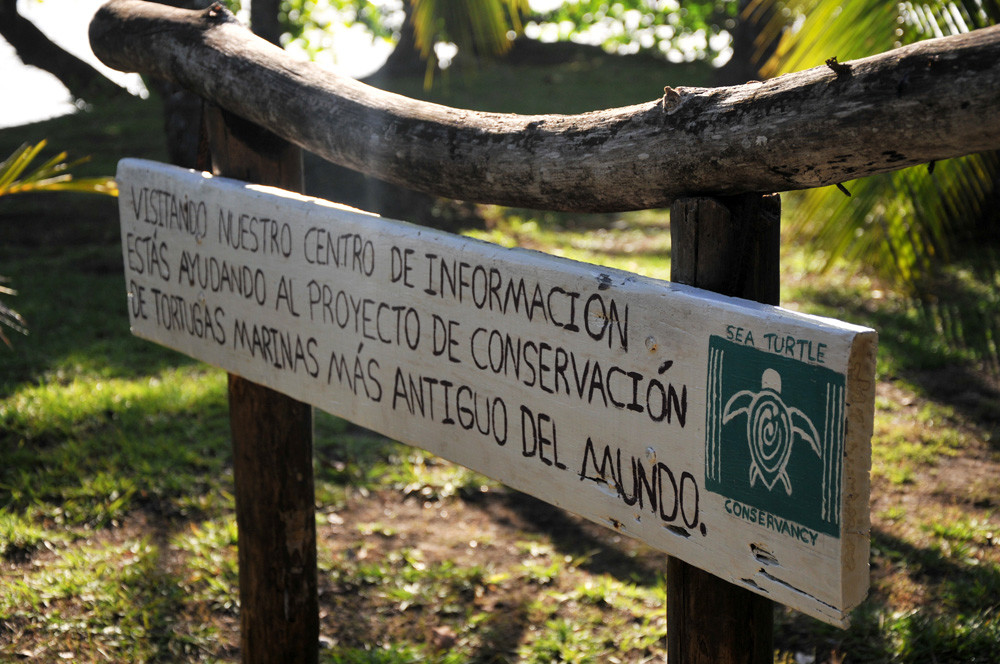
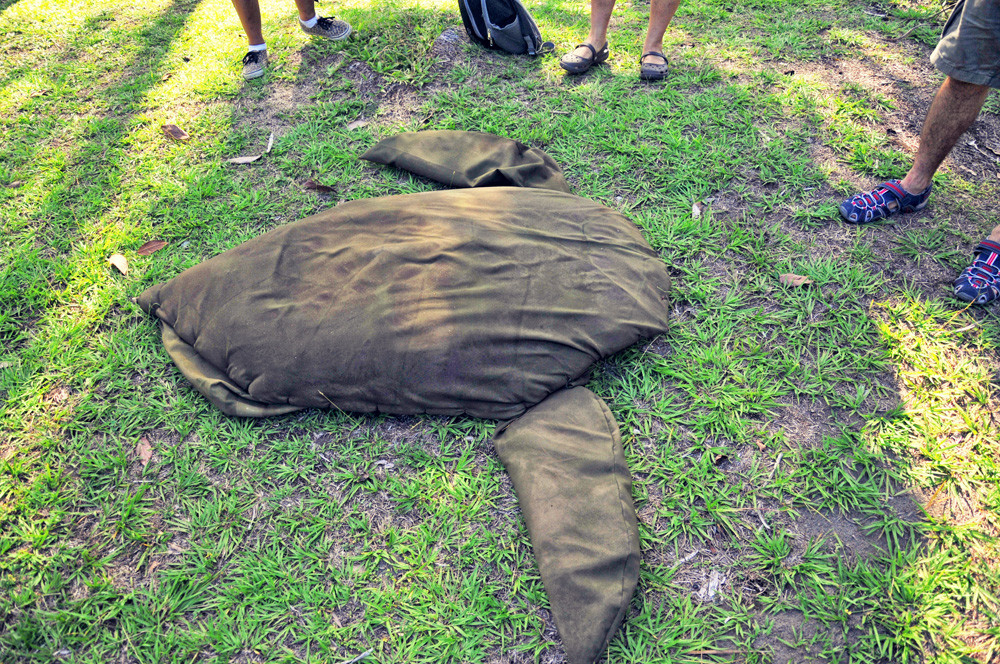
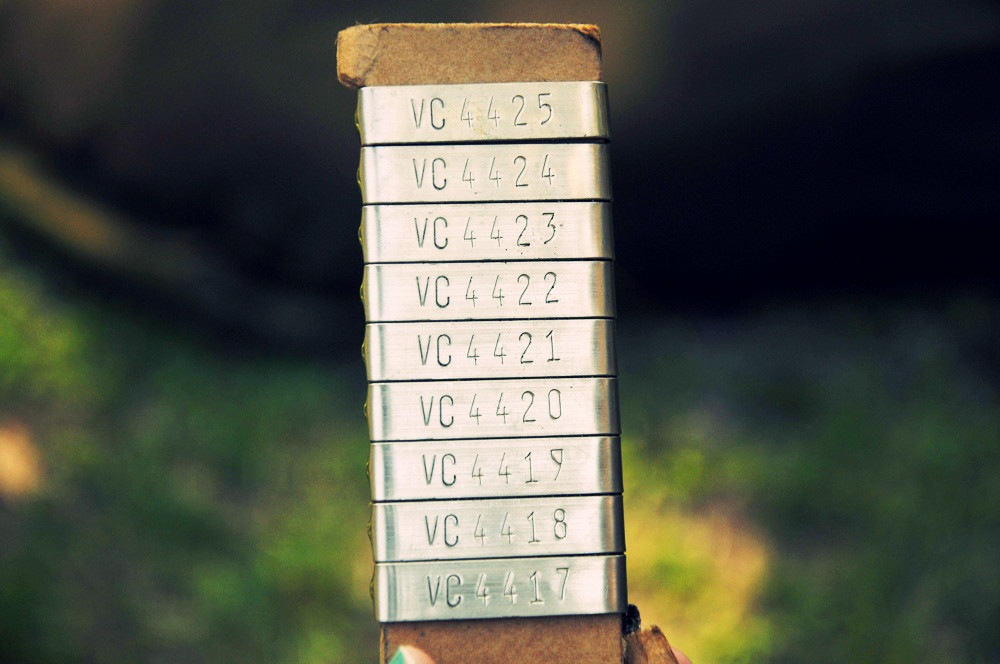

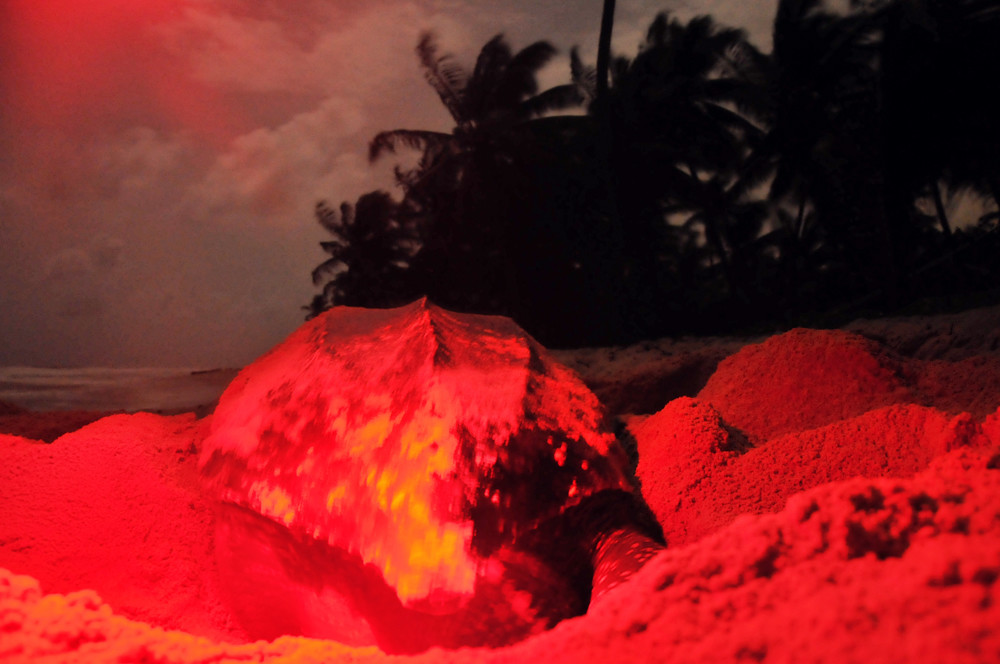
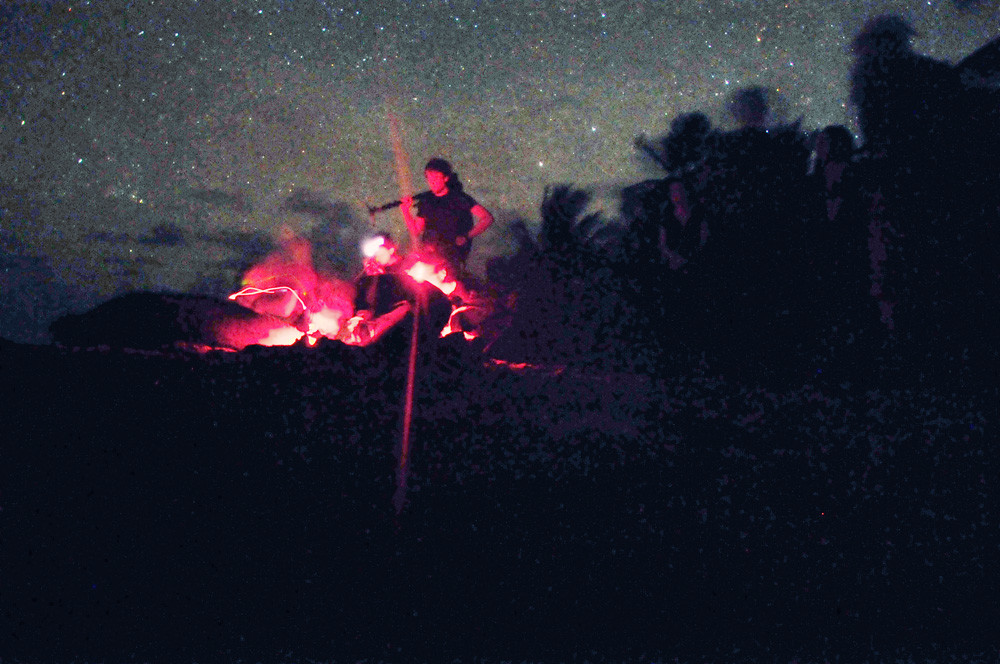
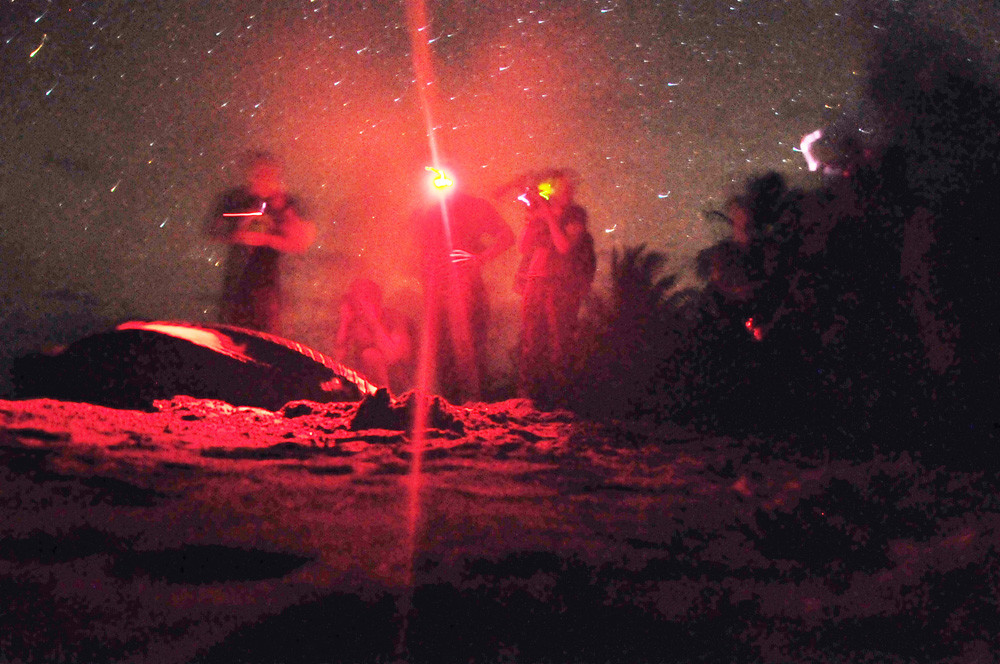
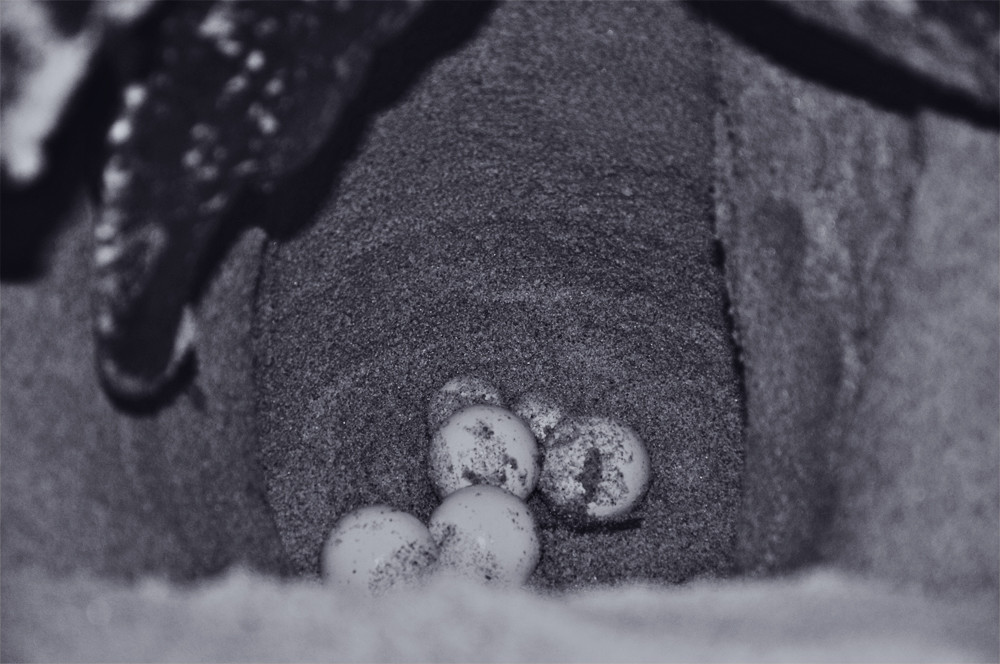


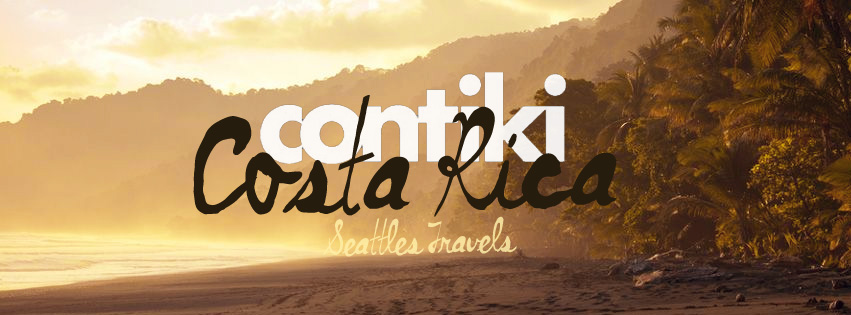
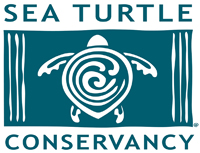
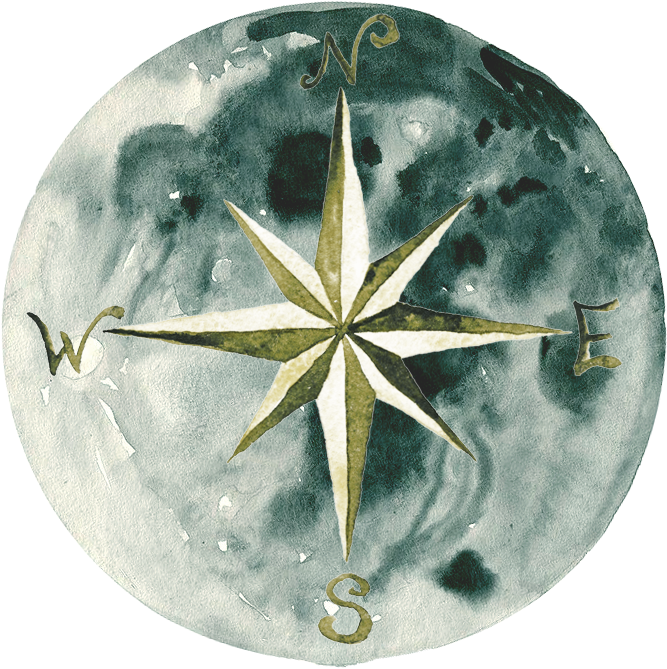
Wonderful! Sounds like a great experience. So sad to hear about the turtle eggs but hope this will change in the future 🙂
I hope so too 🙁
What an incredible experience!Definitely not something you get to see everyday…that’s awful about the eggs however. But hopefully as turtle conservation efforts continue we can bring a stop to poaching.
Mary@GreenGlobalTravel recently posted..MEXICO: Swimming with Whale Sharks in Cancun (With Video)
Agreed, they just need a bit more people-power to get there.
Amazing experience Seattle. Your very lucky to get to see these amazing creatures doing something so natural to them. I would love to have this experience myself someday.
Jen Seligmann recently posted..Destination of the Week – Interlaken
I hope you get to, too :]
What an awesome experience! I would love to see baby turtles hatching and heading to the ocean!
Angela (@angelatravels11) recently posted..San Francisco to Seattle Road Trip Photo Essay
Baby turtles are the cutest :]
I’ve been lucky enough to see some turtle breeding program babies in Sri Lanka, and also to swim with wild turtles in the Galapagos! They are such amazing, graceful creatures, so beautiful. It is heart breaking to know how badly they suffer at the hands of ignorant or greedy people.
I wish there could be more respect for our planet and all of its living things…
Debbie recently posted..My Favourite Active Experiences
Ooh, I would love to go to Sri Lanka to see turtles. Yes, it makes me sad 🙁
Not a great post (I’m so tired!!) but inspired by this, I’ve added some turtle photos if you want to see 🙂
http://inpursuitoftheworthwhile.blogspot.co.uk/2014/04/turtles.html
Debbie recently posted..Turtles!!
Consider volunteering at the grass roots turtle conservation program in Parismina, Costa Rica. They create a hatchery that is guarded 24/7 to protect the precious eggs. Volunteering there is extremely affordable… under $250 for a week including meals, lodging and volunteer fees.
Their website: parisminaturtles.org
Their Facebook Page: facebook.com/pages/Asociaci%C3%B3n-Salvemos-las-Tortugas-de-Parismina/113765168635082
That sounds great too, I’d definitely love to head back to Costa Rica for something like that. I really like the guarded hatchery :]
I snorkeled with sea turtles in Barbados, and I was in awe but terrified. I didn’t want to get too close to them for that very reason; the idea of animals being in discomfort makes me feel horrible but it was an amazing experience. Thanks for bringing to light this project.
Hello Seattle!
I was just pointed to your blog by a friend. I must have gotten him into sea turtles with my current Barnraiser project.
I’m in Playa Junquillal, in Costa Rica. I’m fundraising to bring a 3D printer down here. I’ll be building aquaponics systems with it, and the first one is going to our local turtle conservation program, Vida Verdiazul.
If you like what I’m doing, would you mind sharing the link? Of course, donations are always welcome as well. 😉
http://www.barnraiser.us/projects/3d-printer-for-aquaponics-in-costa-rica
Thanks!
Victor
Sea turtle conservation in Costa Rica is such an important endeavor! The beaches of Costa Rica serve as critical nesting sites for several species of sea turtles, including the iconic leatherbacks, greens, and hawksbills. Efforts to protect these nesting grounds and the turtles themselves are crucial for maintaining biodiversity and preserving marine ecosystems. From monitoring nesting activity to implementing measures to reduce threats like poaching and habitat destruction, the work of conservationists in Costa Rica is truly commendable. Their dedication not only helps safeguard these magnificent creatures but also contributes to the broader global effort to conserve marine life. Keep up the great work!